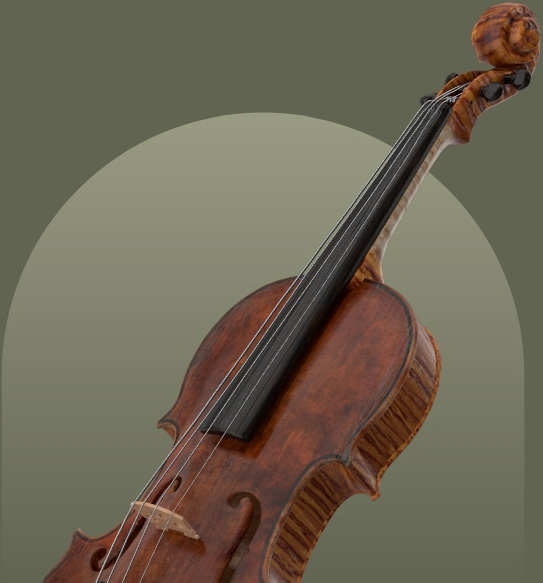John Dilworth
TODINI, Michele Born 1616 Saluzzo, d.c.1700 Rome Italy. Chiefly known as the architect of the ‘Machine of Polyphemus and Galatea’: an extravagant harpsichord incorporating an organ, violin, viola, and various other mechanical instruments governed by the same keyboard. It now survives only in the form of a terracotta model in the National Museum of Musical Instruments, Rome. Todini himself was a musician, and also the founder of possibly the first museum collections of musical instruments at his home in Via dell’Arco della Ciambella. He is also known to have built violins and a double bass, but in general his work appears to be mechanical and over-burdened with eccentric innovations. [Lebet]
Cecie Stainer
b. in Saluzzo about 1625. He lived in Rome, where, in 1676, he published his “Dichiarazione della galleria armonica eretta in Roma.” He made a few violins, but is chiefly known as the maker of very ingenious mechanical musical instruments. He has been also called the inventor of the double-bass, but there is apparently nothing to support this assertion.
George Hart
A native of Saluzzo, lived for many years at Rome, about 1625. Todini was the inventor and maker of a great number of musical contrivances, in which clockwork played an important part. He occupied himself with this manufacture for several years, and turned his house into a kind of musical museum. He wrote a pamphlet describing its contents. His name is associated with our subject in having adopted a new mode of stringing the Violono or Double Bass, by using four strings, and playing himself upon the instrument at oratorio performances in Rome. I have mentioned in Section I. that the Violono was originally used with several strings—five, six, or seven—and with frets. Todini is therefore credited with having introduced the method of stringing the Double Bass which led to the conversion of the old Violonos into Double Basses fitted for modern requirements.
Willibald Leo Lütgendorff
Ein piemontesischer »Tausendkünstler«. Er kam aus Saluzzo nach Rom, wo er nächst dem Arco della Ciambella sein Haus hatte, und war mehr Mechaniker als Geigenmacher, vor Allem aber ein tüchtiger Musiker. Er soll der Erste gewesen sein, der im römischen Streichorchester den Contrabass eingeführt hat. Er versuchte sich in allerlei Erfindungen an Lauten und Geigen, baute Orgeln und kunstvolle Uhren und gab eine kleine Schrift heraus unter dem Titel: Dichiaratione della galleria armonica eretta nella sua habitatione posta all’ arco della Ciambella. (In Roma, per Francesco Tirroni 1676. 12°. 12 S.) Vgl. auch A. Bertolotti: »Un musico meccanico« (Artisti subalpini in Roma S. 56 ff.).
Karel Jalovec
Rome. Born at Saluzzo in 1625, died after 1676. He was a professional musician, a contrabassist. Quite a good hand at violin and lute making, nevertheless chiefly performer.
